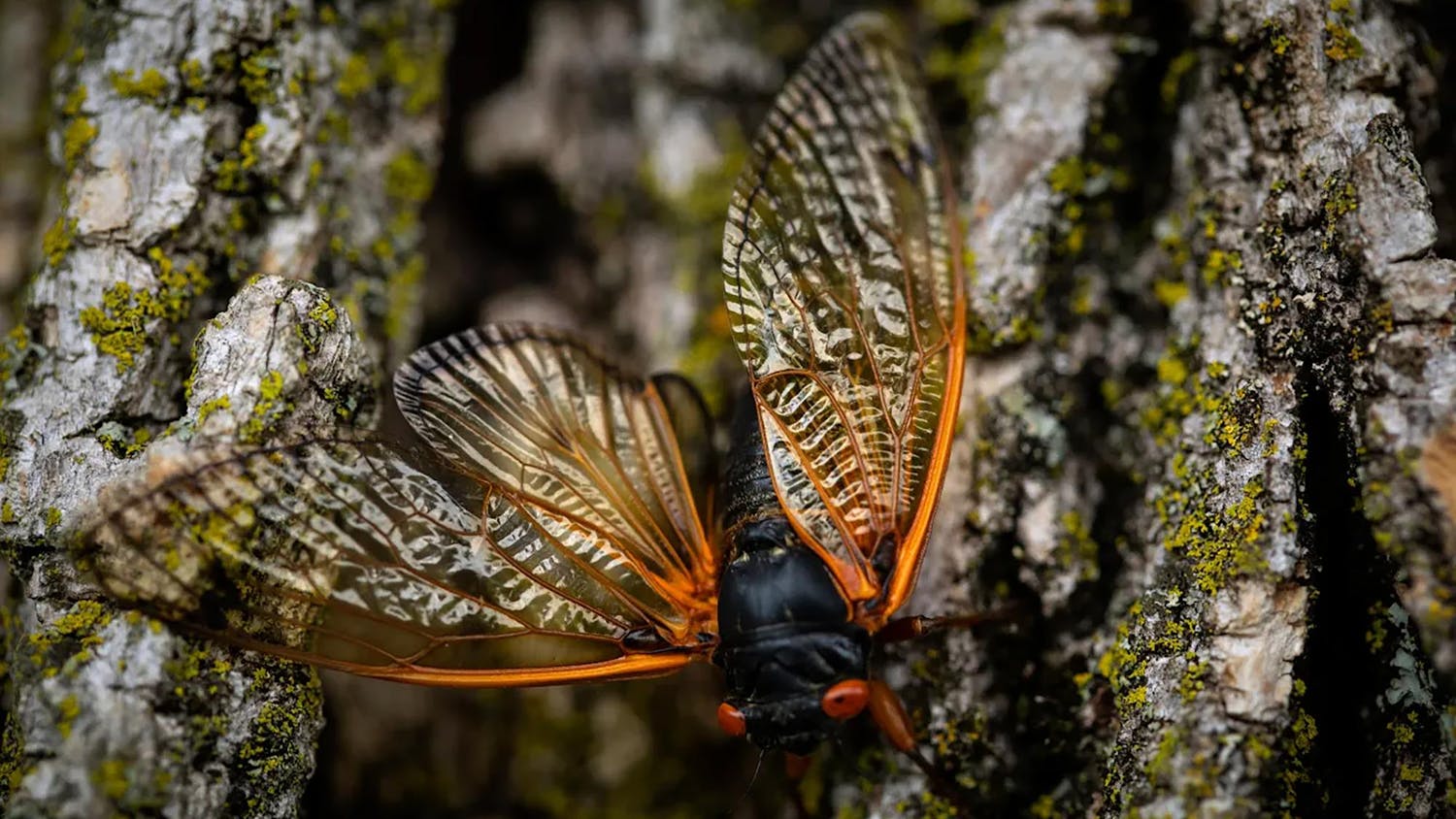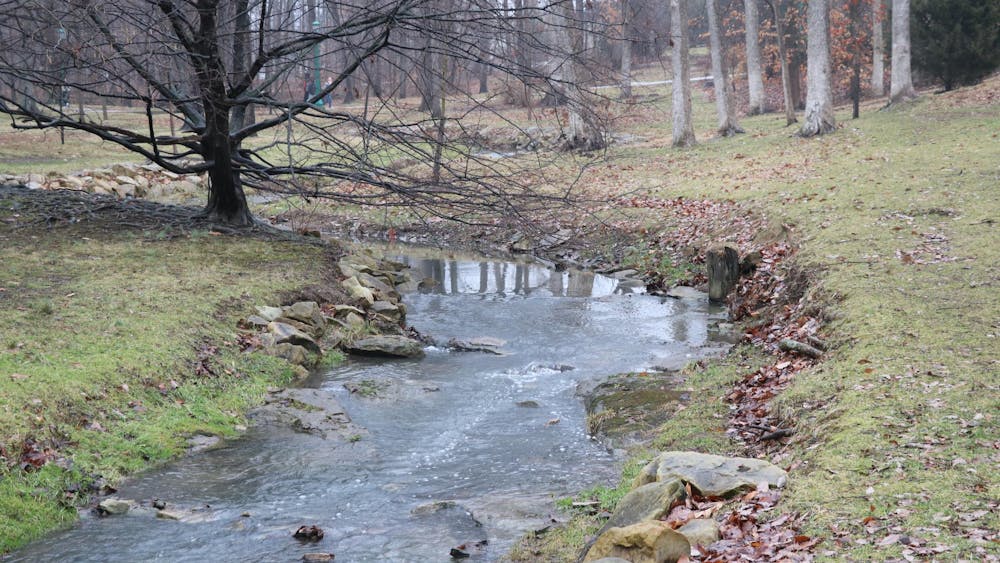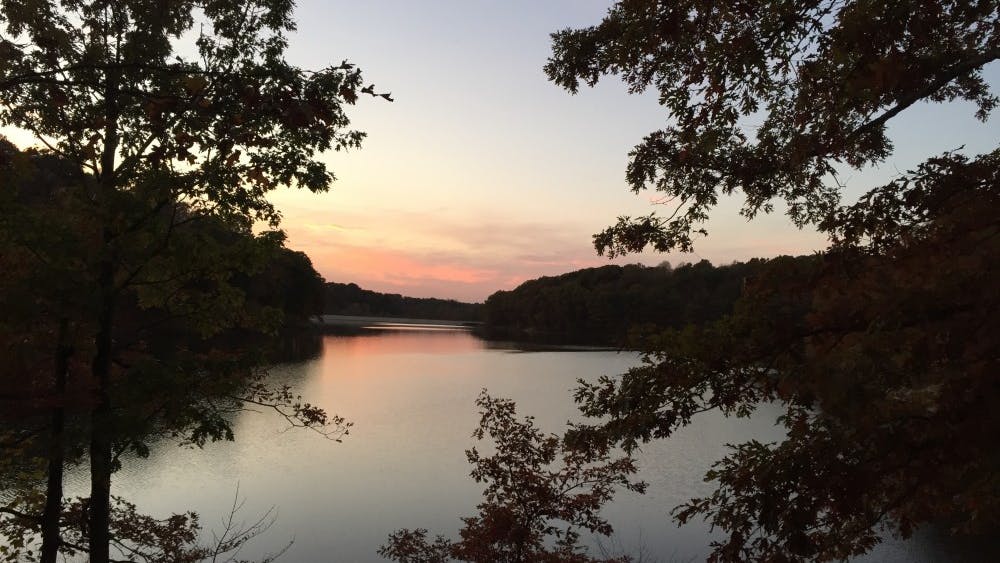With whisker-covered brown faces and long thick tails, river otter sightings are rising in Indiana.
Expanding to about 80 percent of Indiana’s counties, river otters are flourishing in the wetlands, rivers and other water-based areas.
“They are aquatic mammals, so they prefer river corridors, streams, wetlands,” said Shawn Rossler, furbearer management biologist of Indiana’s Department of Natural Resources.
From the 2009 State of Indiana’s wildlife diversity report, in 2008, 71 of 92 counties recorded the presence of the otters.
In 1942 river otters in Indiana were absent from the state and were close to endangerment, according to a DNR press release.
In 1995 they were released back into safe habitats in the state.
“A lot of Midwestern states at the time were bringing back the river otters once their habitats were recovered enough,” Rossler said.
More than 300 otters were relocated to 12 sites in northern and southern Indiana from Louisiana, according to the release.
Since 2005, the otters have been nowhere close to the endangerment list and can be found in areas all across the state, according to a release.
Now, they are doing very well, Rossler said.
“Their proportions are expanding,” he said. “They are moving and locating throughout the year.”
Department of Natural Resources Nongame Biologist Scott Johnson said in the release the otters have relocated to habitats that seem unsuitable.
The otters’ diet consists of fish, crawfish and frogs. They can live up to 15 years in the wild, mainly in marshes, ponds and lakes, according to the DNR website.
For private pond owners, the presence of otters and the disappearance of fish is a problem, Rossler said.
“Private ponds that are stocked with fish is an issue because the river otter’s number-one diet is fish,” Ossler said. “They are destroying the owner’s aquaculture commercial.”
In 2011, there were 34 complaints to the district wildlife biologists about river otters eating fish from private ponds, according to the release.
“Owners have to get a permit through Indy and have them confirm that there are otter problems on the property,” Ossler said. “Then, people will remove them from the area.”
River otters also face the problem of being accidentally trapped. According to the State of Indiana Wildlife Diversity Report, during the 2008-09 fur harvest season, furbearers accidentally trapped 43 otters.
Other than working with landowners, the DNR does not have to do anything with the river otters, Rossler said.
“As long as we have rivers and wetlands, they will continue to flourish,” he said.
River otter population increases in Ind. counties
Get stories like this in your inbox
Subscribe





